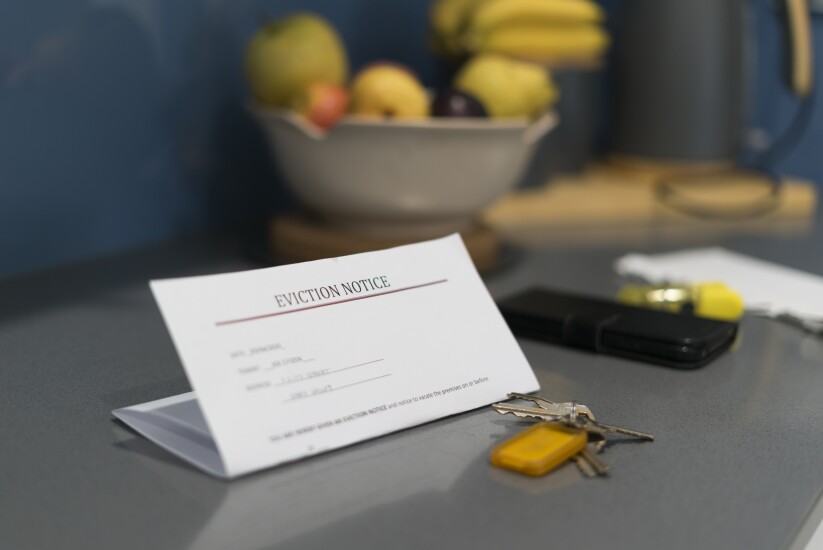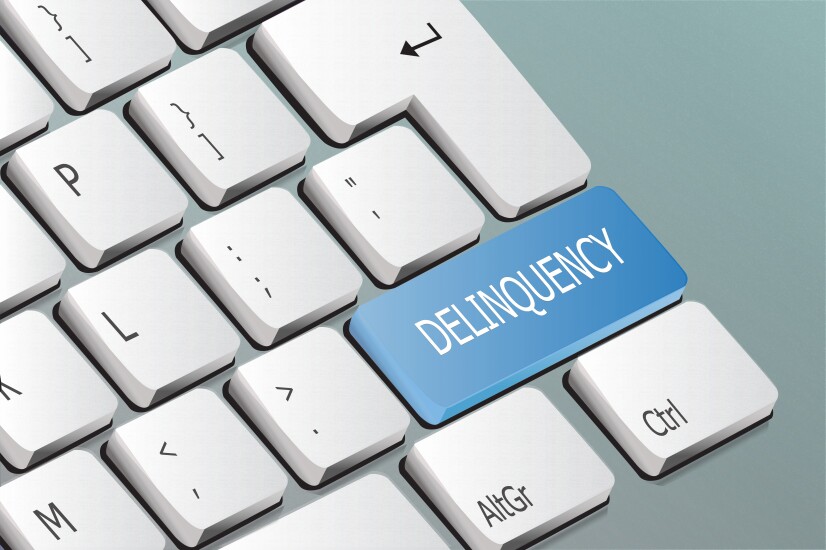The standard prerequisites for home loans have been subject to several
As a result, many additional policy tweaks have been made,
From guidelines for remote appraisal alternatives to the way forbearance affects borrowers' ability to get new loans, here are five examples of mortgage-related policies that have been in flux since the coronavirus spread in the United States.








